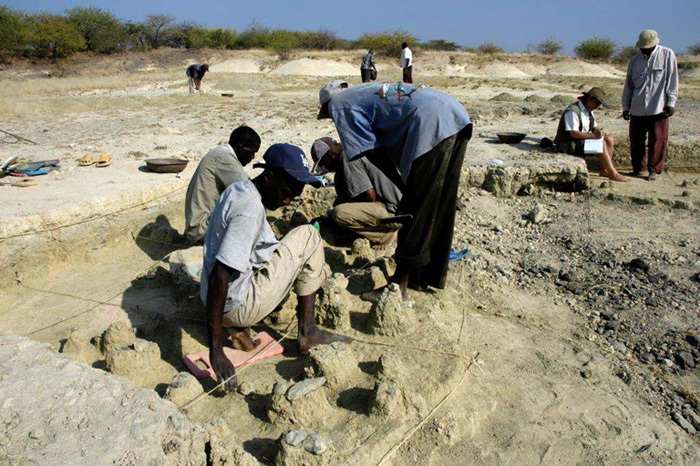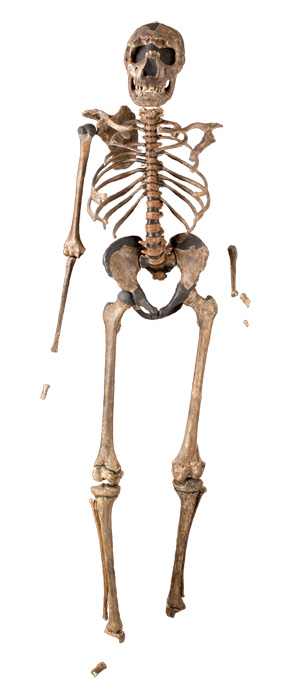Searching for Human Origins in Kenya and on the Mall

What does it mean to be human?
We have been asking ourselves this question for thousands of years. At the Smithsonian’s National Museum of Natural History, scientists attempt to answer this question in their exhibit, the Hall of Human Origins. When you enter the long hallway into the exhibit, you are transported back six million years to the beginning of human prehistory. As you continue through the extensive collection, you are given a glimpse of how early humans survived and thrived.
Many of the artifacts found in this exhibit share a common origin: Kenya. Kenya: Mambo Poa is one of two programs featured at this year’s annual Smithsonian Folklife Festival on the National Mall, and its focus is on the rich cultures and ancient history of the country.
Kenya has been the epicenter of millions of years of human evolution leading up to our species, Homo sapiens. Before we came along, however, another species roamed the earth for over a million years. Homo erectus was the longest surviving species in human history, and evidence of their success can be found throughout Kenya.

The most notable Homo erectus discovery in Kenya is fondly known as “Turkana Boy,” a skeleton that dates back 1.6 million years. What is most remarkable about this young boy is the completeness of his skeleton. He has withstood the test of time and provided anthropologists with invaluable insight to the life of Homo erectus.
The longest running Smithsonian excavation in Kenya is the site of Olorgesailie. Here the Hall of Human Origins curator and paleoanthropologist Rick Potts and his team have worked to uncover new evidence that can explain how these early humans adapted and survived harsh, changing climates.
Handaxes and other findings from Olorgesailie are on display at the National Museum of Natural History, and Potts and some of the other excavators and scientists in Kenya will be at the Folklife Festival to demonstrate and discuss their work at this important site.
Come visit us at Kenya: Mambo Poa this summer to discover many other secrets once hidden beneath the Kenyan landscape. You could find yourself stepping into a paleontologist’s shoes for a day and “digging” for what it means to be human!
Stephanie Gikkas is a senior at the University of California, San Diego, studying biological anthropology and international relations. She is an intern at the Smithsonian Center for Folklife and Cultural Heritage working with the Kenya program.

